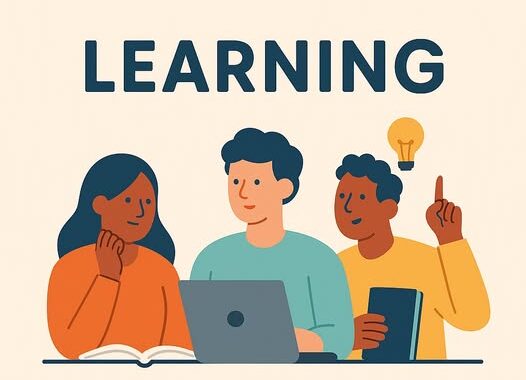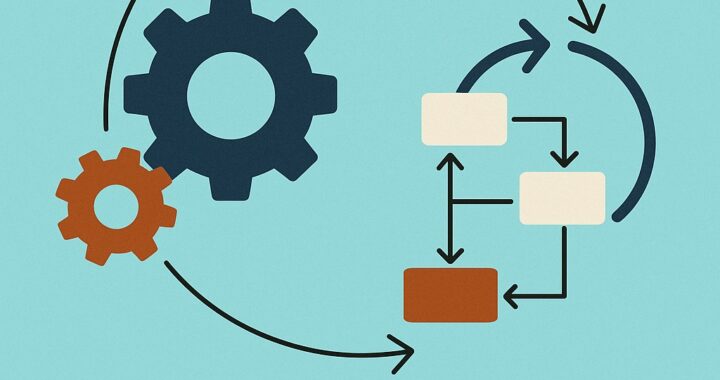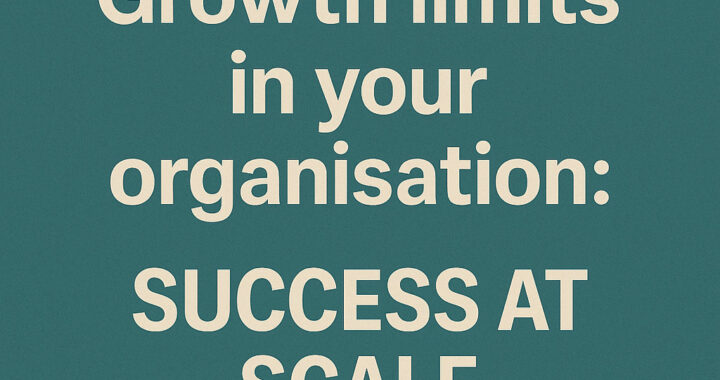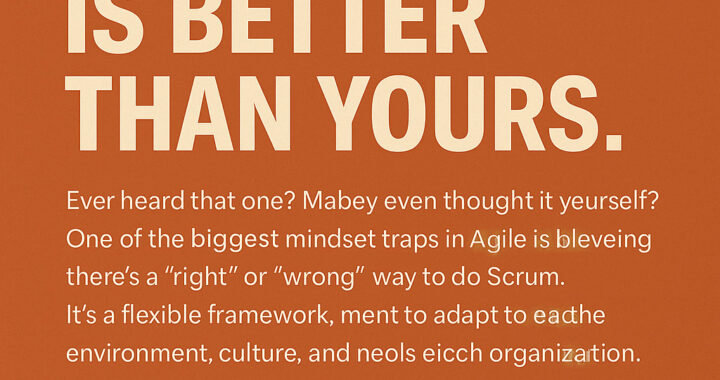Tag Archives: agilemalta
Building Bridges
In Agile environments, success hinges on more than just frameworks, it’s about fostering collaboration, empathy, and having a shared purpose.
Team Performance
Organization Growth Limits?
My Scrum is Better than Yours!
Ever heard that one? Maybe even thought it yourself?
One of the biggest mindset traps in Agile is believing there’s a “right” or “wrong” way to do Scrum. But the truth is, Scrum isn’t one-size-fits-all. It’s a flexible framework, meant to adapt to the environment, culture, and needs of each unique team and organization.
Still, when people join a new company, they often expect Scrum to look exactly like it did in their last role, because that version “worked.” But that mindset can actually block learning, growth, and innovation.
👉 What if, instead of asking “Is this Scrum good or bad?” we asked:
“Does this way of working help us continuously learn and deliver value?”
I’ve seen teams run retrospectives less frequently than their sprint cadence, believing it saves time. But when retros aren’t just skipped occasionally with intent and instead are consistently deprioritized, the team loses one of its most powerful opportunities to reflect, learn, and evolve. It’s not about ticking Scrum-defined boxes, it’s about fostering a culture of continuous improvement.
At the end of the day, Scrum only works when we understand the why behind each part of the framework and when we adapt it proactively, not reactively.
💬 What do you think?
Have you ever run into the “My Scrum is better than yours” mindset?
How do you navigate different interpretations of Scrum across teams?
👉 You’re invited to join the conversation — share your thoughts, experiences, or lessons learned.
#agile #Scrum #ContinuousImprovement #mindsetmatters #agileleadership #nooneway





